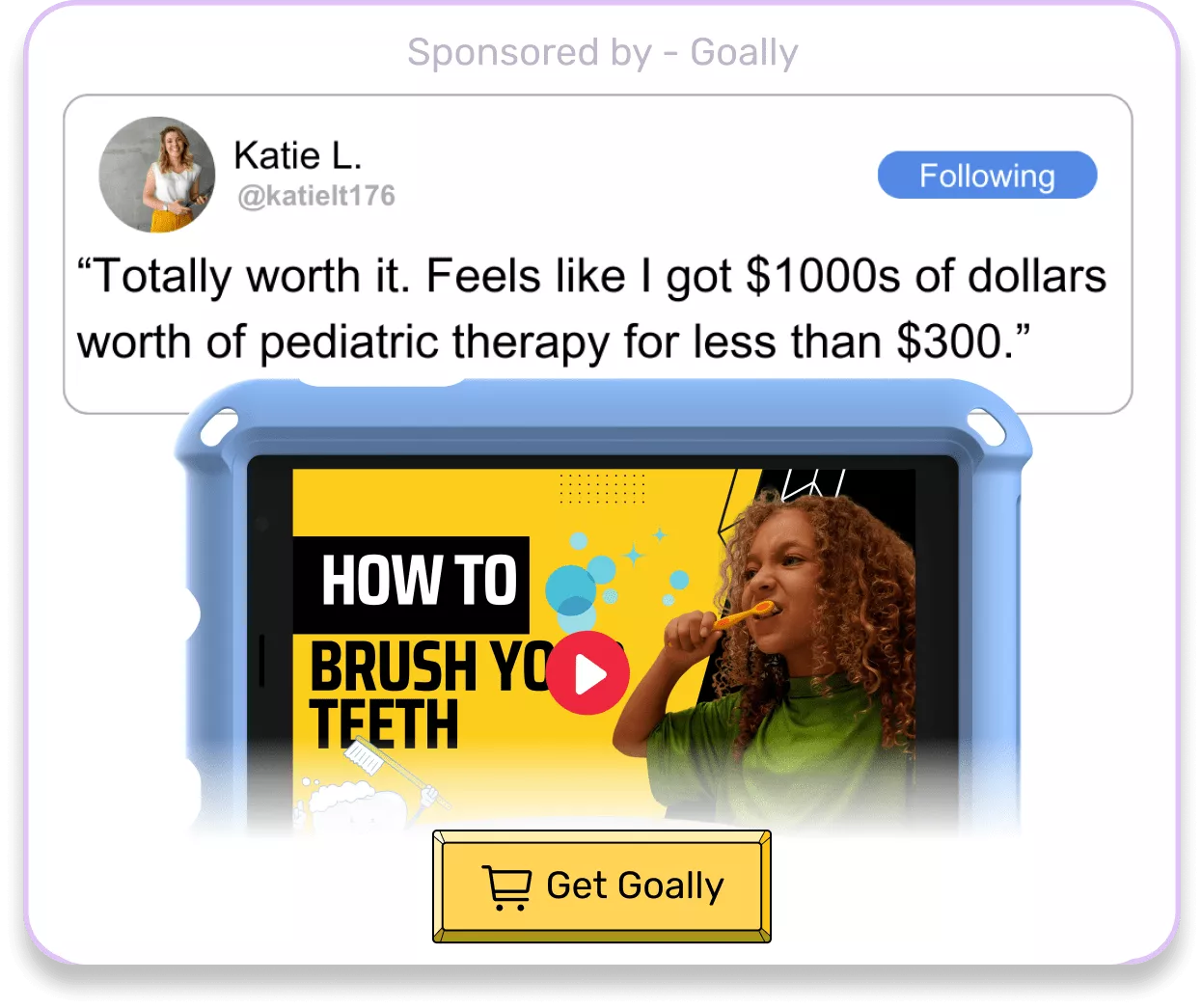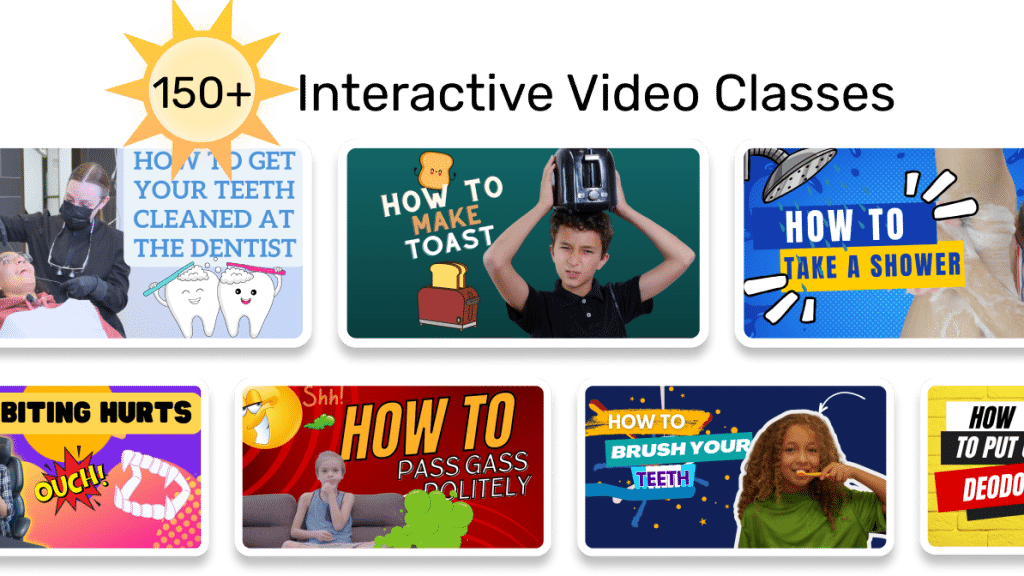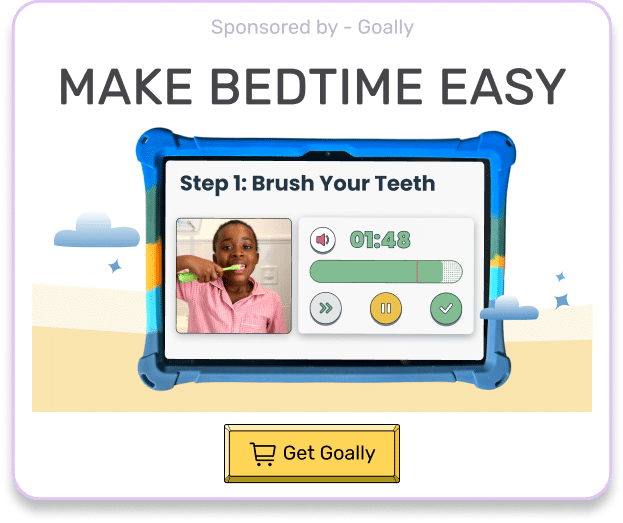The process of navigating the IEP plan may remind you of an intricate crossword where clarity and resolution aren’t immediately apparent. As parents and guardians, we often know what needs to be understood, but the precise steps to achieve clarity can feel elusive. It’s not unlike the frustration of having a crossword solution on the tip of your tongue, but being unable to pin it down. Just as a well-worded clue can guide you towards an elusive crossword answer, this post aims to provide you with key insights and practical guidance to simplify the IEP plan. Through the detailed exploration of its components, the formulation process, and effective advocacy strategies, our goal is to enhance your understanding. In the process, we hope to transform the complexity of the IEP plan from being a perplexing puzzle into an action-orientated plan for your child’s success.
Table of Contents
Understanding the IEP Plan
While only as old as the cassette tape, the Individualized Education Program, or IEP plan, is no less revolutionary for us parents and teachers of neurodivergent kids. But what exactly is it? In short, an IEP plan is a written record of a custom education plan created for your kid, with the central goal of aiding kids with thinking and learning differences.
The Cornerstones of an IEP Plan
Firstly, let’s break down the primary components of this mechanism called an IEP plan. Above all, it’s a legal pact between the school and you, guarding your child’s rights to personalized education.
it consists of annual academic and functional goals designed to meet your child’s unique needs. But that’s not all. For instance, it will map out the particular services and supports your kid requires to thrive. This may include anything from speech therapy, a smaller classroom size, or extra test-taking time.
Creating an Effective Plan
The idiom ‘Rome wasn’t built in a day’ holds particularly true while crafting an IEP plan. The process involves rigorous evaluations, collaborative discussions, and ongoing revisions to ensure the plan meets your child’s needs. Here’s a step-by-step breakout:
- Evaluation: Schools usually undertake comprehensive assessments to gauge the child’s strengths and weaknesses.
- IEP Meeting: After the evaluations, the IEP team – which includes you, teachers, school psychologists, and other relevant personnel – conducts a meeting.
- Establishing Goals: During the meeting, the team decides the annual goals for your child.
- Deciding Services: Subsequently, the team identifies the services necessary to achieve these goals.
- Implementation: After finalizing the plan, the school puts it into action. Remember, you have the right to consent before any services are implemented.
- Review: At least once a year, the IEP team reviews and modifies the plan, if required.

Read more: IEP vs 504 Plans (Explained for Normal Humans)
Advocating for Your Child’s Needs
Advocacy, usually a superhero’s job, lands in your lap when navigating an IEP plan. However, fear not; you have strength in knowledge, and it’s an often underestimated yet crucial tool for advocacy. Here are some tips to advocate effectively for your child:
- Be prepared: Before entering any meeting, arm yourself with knowledge about your child’s condition and potential solutions.
- Communicate effectively: Maintaining an open dialogue with the school personnel is vital for your child’s progress.
- Understand Your Rights: Lastly, educate yourself about the legal rights of your child under IDEA (Individual Disabilities Education Act).
However, remember that while an IEP plan is a helpful tool, it just forms one part of aiding your neurodivergent kids.
Goally | The Tablet for Neurodiverse Kids

IEP Plan: Helping Every Child Shine
In the quest to provide the best for our kids, the IEP plan throws a lifeline. Not only does it guarantee customized education, but it’s also a reflection of the larger context: that every child, regardless of their divergent needs, deserves to find a place in the sun — to thrive, learn, and reach their potential. Indeed, navigating the world of IEP can be rather labyrinthine. Still, it’s a journey every parent of a neurodivergent child undertakes with unflinching resolve.
IEP Plan | Examples of How To Write Goals:
| IEP Goals Examples |
|---|
| (The student) will master (x goal) by (the end of the IEP year, the end of the school year, a certain date, etc.). |
| (The student) will (complete x goal). |
| The skill will be measured in x setting (in the therapy room, in conversational speech, in the classroom, during peer interactions, etc.). |
| The skill is measurable by (data collection, teacher reports, language samples, checklists, tally sheets, etc.). |
| (The student) will master (x goal) with (x accuracy). An example is 80% accuracy in 4 out of 5 trials, or 80% accuracy in 3 out of 4 observed interactions, or 80% accuracy on 5 consecutive school days. |
| (The student) requires (x supports) to meet (x goal). Examples of supports: verbal prompts, physical prompts, independently, partial assistance, visual cues, etc. |
| (The student) will positively interact with peers as observed by the teacher in 4 out of 5 social interactions. |
IEP Plan Benchmarks
Benchmarks are small goals that break larger goals down for the student. If the student’s larger goal is to improve reading comprehension, then a benchmark goal might be to help them read a paragraph and identify the characters in the story.
Benchmark goals include time stamps of when you predict the student will complete the goals. This should help you identify whether the child is achieving their goals. Here are your questions answered about he IEP process.
Example of How To Write IEP Plan Benchmark Goals
Here is a General IEP Example:
“By the end of the IEP cycle, (the student) will independently read a short story and identify the characters, plot, and setting, while answering a series of reading comprehension questions with 80% accuracy on 4 out of 5 trials as measured by checklists collected by the teacher.”
Here is the benchmark goal as related to the General IEP Goal:
“By the end of the first marking period of the IEP cycle, (the student) will independently read a short story aloud and identify who the main characters are with 80% accuracy on 4 out of 5 trials as measured by checklists collected by the teacher.”
The benchmark follows the logical progression of each goal but breaks it down into smaller sections. This helps you chart the student’s success with each goal.

If you only track the overall goal and the student fails to complete a goal, you’ll struggle to understand what part of the instruction proved problematic. However, if you break each larger goal into smaller goals, you can intervene if you see the student struggling with a mini goal.
If the child struggles to read a short story, you may find they need an eyesight evaluation, or need testing for dyslexia, for example. Smaller goals allow the teacher to identify problem areas as they arise and reward and celebrate the child for all their successes.
Create an IEP Plan Today
Remember that IEP Plans allow the teachers, parents, administration, support personnel, and students to work in tandem for social, emotional, and academic success for children with disabilities. IEPs lay out structured plans to help these children succeed and to ensure all adults working with them understand their specific needs and how they can go about helping them.
Goally | Apps To Support Child Development
Looking for fun ways to help your child learn life skills? Try Goally! The Goally tablet comes with award-winning learning apps and video classes to help kids develop the skills they need to become independent with FUN & evidence-based practices.

Our apps teach executive function, language, emotional regulation, finger dexterity skills, and more.
As your child develops new skills, you can increase the difficulty level of the tasks in the app to challenge and motivate them even further. This helps your child grow and progress at their own pace, while also keeping them engaged and excited about their development.

I sincerely hope this guide empowers you as you uncover the contours of the IEP labyrinth alongside your kid. Harness the power of this tool, with its bulwarks of custom education and legal provisions, to augment your child’s learning journey. Remember, staying knowledgeable, participative, and aware of your rights and those of your kid is crucial — this ensures they gallop ahead on their learning journey with ease. Harness the strength within yourself and your kid, for in any labyrinth, finding the exit is merely a matter of time. Go forth and illuminate the path for your bright star to shine.
FAQs About IEP Plan
What is an IEP plan? An Individualized Education Program (IEP) plan is a legal document that outlines a personalized plan for a student with disabilities. It sets academic and functional goals, as well as accommodations and modifications to help the student succeed in school. Who is eligible for an IEP plan? Students who have been identified as having a disability that significantly affects their academic performance are eligible for an IEP plan. This can include students with learning disabilities, physical disabilities, or mental health conditions. What is included in an IEP plan? An IEP plan includes a description of the student's present level of academic performance, measurable annual goals, accommodations and modifications, and the services and supports needed to meet those goals. How is an IEP plan created? An IEP plan is created by a team of educators, parents, and other specialists who work together to assess the student's needs, set goals, and develop a plan for meeting those goals. What are some common accommodations and modifications included in an IEP plan? Common accommodations and modifications included in an IEP plan include extended time on tests, preferential seating, assistive technology, modified assignments, and individualized instruction.
This post was originally published on 12/12/2022. It was updated on 02/02/2024.

Goally
We help parents teach their kids life skills, like doing bedtime and morning independently. Backed by science, we incorporate evidence-based practices and expert-informed designs in all of our apps and content.





